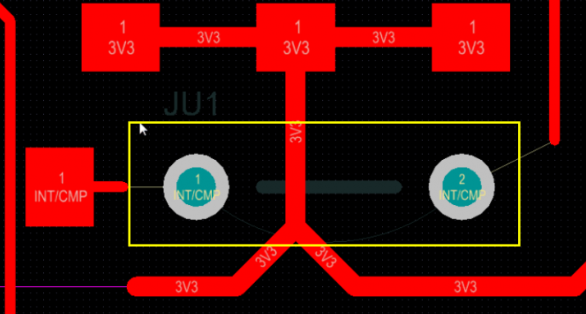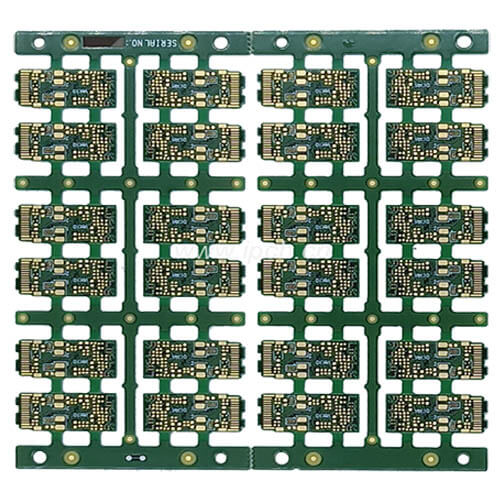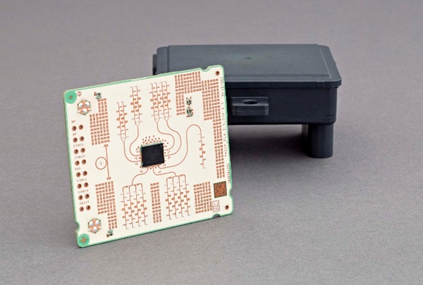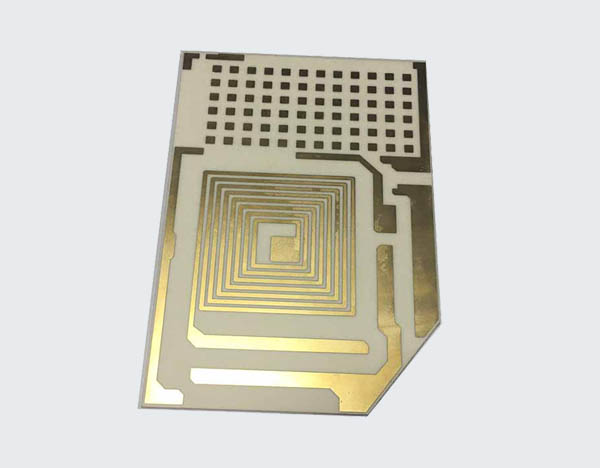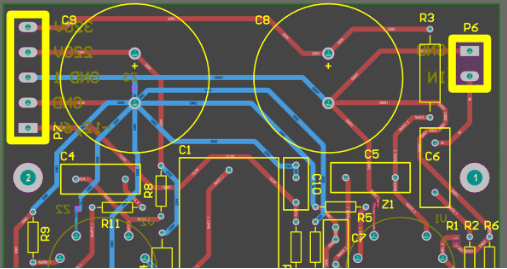3 layer flex pcb
what is 3 layer flex pcb
The 3-layer FPC flexible board is made of polyimide resin (PI) insulating resin using the calendering foil process. It has good heat resistance, moisture resistance, chemical resistance, stability resistance and bending resistance.
It is usually used in the fields of automobiles, medical treatment, new energy, electronics, etc. If you have a demand for this type of FPC soft board

The application and advantages of three-layer flexible circuit boards in modern electronic devices.
The application and advantages of three-layer flexible circuit boards in modern electronic devices is a topic worthy of in-depth discussion. With the continuous advancement of science and technology, the design and manufacture of electronic devices are also evolving. Three-layer flexible circuit boards have gradually become an indispensable component of modern electronic devices due to their unique structure and performance.
1.Application of three-layer flexible circuit boards
They are widely used in smart phones, tablets, wearable devices, medical devices, and automotive electronics. These devices have very high requirements for circuit boards, not only requiring high-density circuit design, but also requiring a certain degree of flexibility to adapt to complex installation environments and use conditions. It is precisely with its excellent flexibility and reliability that three-layer flexible circuit boards meet these high-demand application scenarios.
2.Advantages of three-layer flexible circuit boards
- First of all, they have excellent flexibility
They can be bent and folded in a small space, saving valuable internal space. This is especially important for the miniaturization design of modern electronic devices.
- In addition, three-layer flexible circuit boards also have high durability and reliability.
They can withstand repeated bending and mechanical stress without affecting the normal operation of the circuit. This makes them particularly outstanding in devices that require frequent operation and movement.
- Further exploration shows that three-layer flexible circuit boards also have good electrical properties.
Due to its multi-layer structure, higher circuit density and more complex circuit design can be achieved. This not only improves the performance of the device, but also provides designers with more design freedom. In addition, the manufacturing process of three-layer flexible circuit boards is also relatively mature, capable of achieving high-precision circuit patterns and stable electrical connections. These advantages have made three-layer flexible circuit boards widely used in high-performance electronic devices.
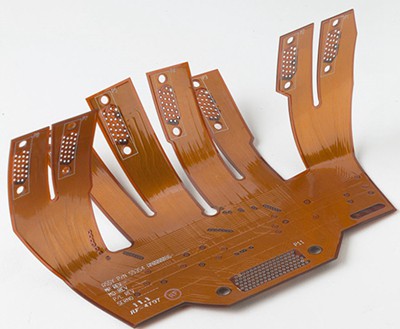
3.Some challenges faced by three-layer flexible circuit boards
For example, its manufacturing cost is relatively high, especially in small batch production, the cost advantage is not obvious.
In addition, the design and manufacture of three-layer flexible circuit boards require professional technology and equipment, which puts higher requirements on manufacturers.
Nevertheless, with the continuous advancement of technology and the increase in market demand, the cost of three-layer flexible circuit boards is expected to gradually decline, thereby further expanding its scope of application.
In summary, the application and advantages of three-layer flexible circuit boards in modern electronic devices are obvious. They not only meet the design requirements of high density, high performance and miniaturization, but also have excellent flexibility and reliability. Despite some challenges, with the advancement of technology and the development of the market, the prospects for three-layer flexible circuit boards are still broad. In the future, we can expect them to play an important role in more fields and inject new vitality into the development of modern electronic devices.


